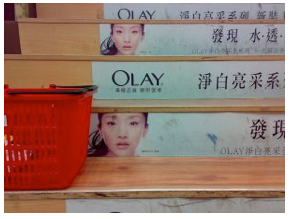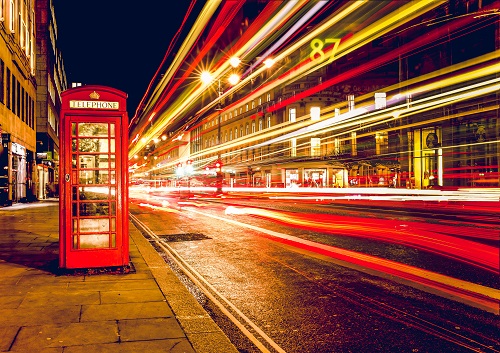A friend recently introduced me to the fabulous show Extreme Couponing. For those that don’t know it’s a US show which introduces real people who take couponing and discounting to an extreme (hence the title). In THIS CLIP Joyce manages to bag over two hundred dollars of groceries for less than seven bucks.

Who is paying for all of this? The friendly retailer? Unlikely. Most, if not all, of the discount was paid for by the manufacturers – manufacturers who are leaping for Joy (rather than Joyce), that their latest marketing “strategy” has paid off. “Just look at the uplift”. Well – how much of the uplift is down to people like Joyce?
Of course, Joyce is an extreme, right? Normal people don’t shop like that do they? Whilst she is most definitely extreme, data we see shows that often 80% or more of discounted products are sold to what we might call “deal shoppers” – people who focus on promotions in-stores. Aisles are full of them – shoppers choosing brands because it’s on deal this week.
And what is wrong with that? A few simple thoughts:
– The deal is available to everyone, so people who are loyal to your brand, who were going to buy it anyway, get the discount too. How much did that cost?
– People get used to paying a low price, and some start to stockpile. Sales go down after the promotion and before too long we’ll need another deal to get us back on target.
– Brand value is eroded in the minds of shoppers. How good is this brand if they can sell it so cheap.
– The total cost is almost never accounted for. Evaluations of promotions normally include the cost of discounting, and some may cover the cost of lost sales after the promotion, but how about the overtime in the factory, the extra trucks, the downtime in the factory afterwards, the premium paid to get extra materials in on time?
– Promotions cause out of stocks. In a recent survey in-store we found that over 90% of the products which were out of stock were promoted lines. So shoppers (maybe those loyal ones) can’t buy it. And maybe they’ll try a competitor instead this time. And maybe they’ll like it.
Shoppers like Joyce are extreme for sure, but the industry needs to stop this madness.




